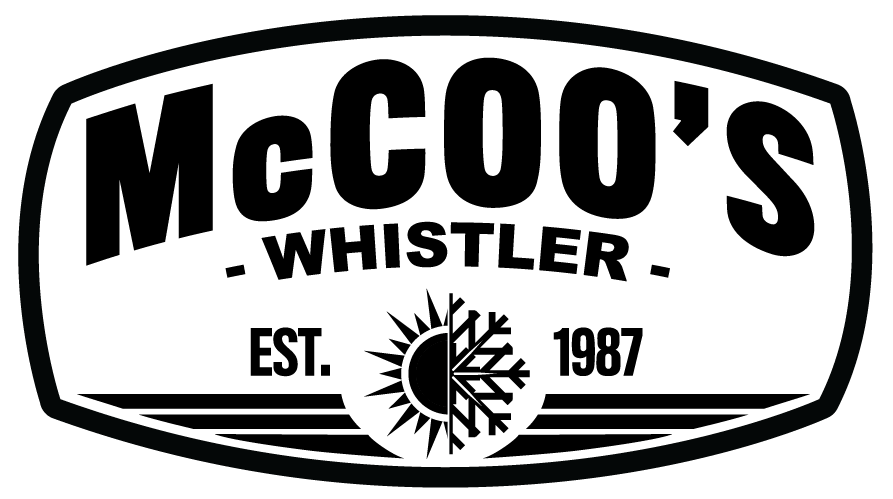Since skiing powder becomes a bit harder as spring progresses, it’s a great time to work on your steeze in the terrain park. But if you’ve neglected this part of the mountain all season long, it can be intimidating and downright dangerous to just drop in. The terrain park is an outdoor recreation area containing terrain that allows skiers and snowboarders to progress at performing tricks. The keyword is “progress”. Here are a few tips on navigating the terrain park that will have you pulling tricks out of the bag that you didn’t know you had.
Start In The Beginner Terrain Park
Most mountains have multiple terrain parks, each with different features geared to different ability levels. Depending on your current skillset, it can be either terrifying or tempting to hit the largest jumps you see. To begin with, it’s useful to identify if it is a beginner or expert park, how big the jumps are, and how big the other people in the park are going. This is both for your safety and the safety of others around you. What’s more, starting small lets you develop the basics you’ll need to advance.
Check Everything Out
Real talk: If you’re reading this blog, chances are you shouldn’t be sending features blind. Take the time to do a ride through lap and familiarize yourself with the features you will be attempting.
Learn Park Etiquette
There are a few pretty simple rules you should generally follow with regards to other riders in the park.
Don’t get in the way of park features
This means don’t sit or stand in the run-in, take-off, or landing of any park feature. Always try to keep these areas clear and when you hit any park feature you should try to avoid stopping in any of these areas. If you need to stop, always do it away from park features where you won’t get in the way of other riders.
Don’t follow too close to other riders
You aren’t a mind reader. Give space to the rider ahead of you in the park.
Don’t cut people off, but also don’t hold up line ups
Wait your turn but be aware when it is your time to drop in.
Try not to brake on the landings
Bails and crashes happen, that’s fine. However, try to avoid braking while still in the landing area of any park feature. It damages the features.
Grab A Lesson
It can be challenging learning tricks on your own. For expert instruction, Whistler Blackcomb run park-specific lessons.
Remember, everyone has to start somewhere, so don’t feel intimidated by better riders in the terrain park. It can help to look the part. Come stop by McCoo’s for all the latest gear trends.











